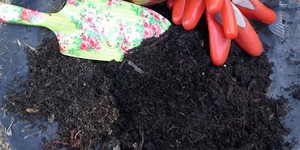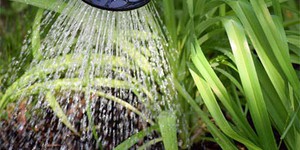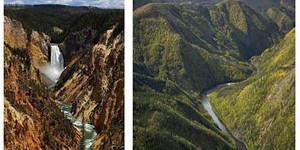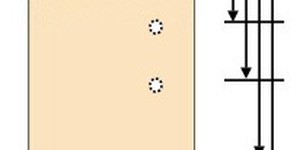Others Like “Earth Surface Dynamics” (top 20 results)
|
You can study hazards that affect coastal areas. What geological forces cause a tsunami? A tsunami (Japanese for 'harbor wave') is a wave generated by an undersea earthquake, landslip, or volcanic eruption. You can demonstrate what causes a tsunami by simulating an undersea earthquake with a water table. How does the depth of water effect the height of the wave? Do different slopes of bottom change the speed of the wave? Visit the USGS Coastal and Marine Geology Program to find out about…
Read more
What causes landslides? The USGS Landslide Hazards Program conducts research needed to answer major questions related to landslide hazards. Where and when will landslides occur? How big will the landslides be? How fast and how far will they move? What areas will the landslides affect or damage? How frequently do landslides occur in a given locality? Investigate the patterns of landslide occurrence in your area. Are they related to locations, geology, or topography? Are they more frequent…
Read more
Make your own fertile soil using kitchen scraps, manure, leaves, grass clippings, and other compostable materials. Which materials make the best compost? How does the amount of nitrogen change the rate at which the compost forms? How does a 'hot' compost pile compare to a 'cold' compost pile, or how does traditional composting compare to worm composting, or vermiculture?
Figure 1. Different composting methods yield different soils. In this picture, the soil on the…
Read more
Some plants use a lot of water, and some are very drought-tolerant. Drought-tolerant grasses are good for water conservation because they require less water to grow and stay green. How much less water do they need? Which types of grass are drought-tolerant? You can buy different types or brands of grass seed at your nursery that claim to be drought-tolerant. Grow them in a container and then starve for water after they are established. Which brands die out first? You can conduct a similar…
Read more
How is geology important for our energy resources? Coal, oil, and natural gas are formed by geological processes over millions of years. Certain geological formations can indicate a reservoir of coal, oil, or natural gas. Also, geothermal processes can be used as an energy resource. How are these formations identified? How are the resources extracted? You can use the National Geospatial Program to access, view, and download information from geospatial databases containing a broad spectrum…
Read more
Have you ever had fun playing with sand and water, observing how little rivers you create carve their way down to the lowest point of the sandbox, backyard or beach? Some meander, others braid, and some carve a path straight down.
Hyrdologists (or scientists who study water) do very much the same thing! Only they set up the model in a particular way, so observing their mini-rivers helps them answer questions about how water flow affects the environment. In this geology science project, you…
Read more
Floods can be very destructive, capable of leveling whole towns and decimating crops and fields. Typically in regions prone to flooding there are cycles of flooding that occur, usually in areas where a wet season comes after a period of drought. You can use precipitation data to test if incidents of flooding have been preceded by periods of drought. Look for long periods of dryness in the precipitation data to indicate a drought. You can also conduct an experiment on dry or moist soil to see…
Read more
Did you know that waves travel through the Earth's crust all the time? One major source of these waves is earthquakes, although ground motion can also be caused by something man-made, such as a mine blast or nuclear explosion, or other natural events, such as landslides or volcanic activity.
How does an earthquake cause these waves? The entire outer shell of the Earth, known as the lithosphere, is made up of tectonic plates that are constantly moving. There are seven or eight large…
Read more
The Kepler space telescope is a retired space telescope launched by NASA to discover Earth-size planets orbiting other stars. Named after astronomer Johannes Kepler, the spacecraft was launched on March 7, 2009, into an Earth-trailing heliocentric orbit. The principal investigator was William J. Borucki. After nine years of operation, the telescope's reaction control system fuel was depleted, and NASA announced its retirement on October 30, 2018.
Designed to survey a portion of Earth's region…
Read more
This project shows you how to build a simple model system to simulate underground water flow. Underground water flow is important for understanding replenishment of underground aquifers, migration of underground contaminant plumes, and cave formation. With your model system, you can simulate various underground conditions, and test your predictions about the effects they have on water flow.
Read more
|
Explore Our Science Videos
DIY Hand Sanitizer Spray
Model the Planets of the Solar System
Build a Bottle Centrifuge










